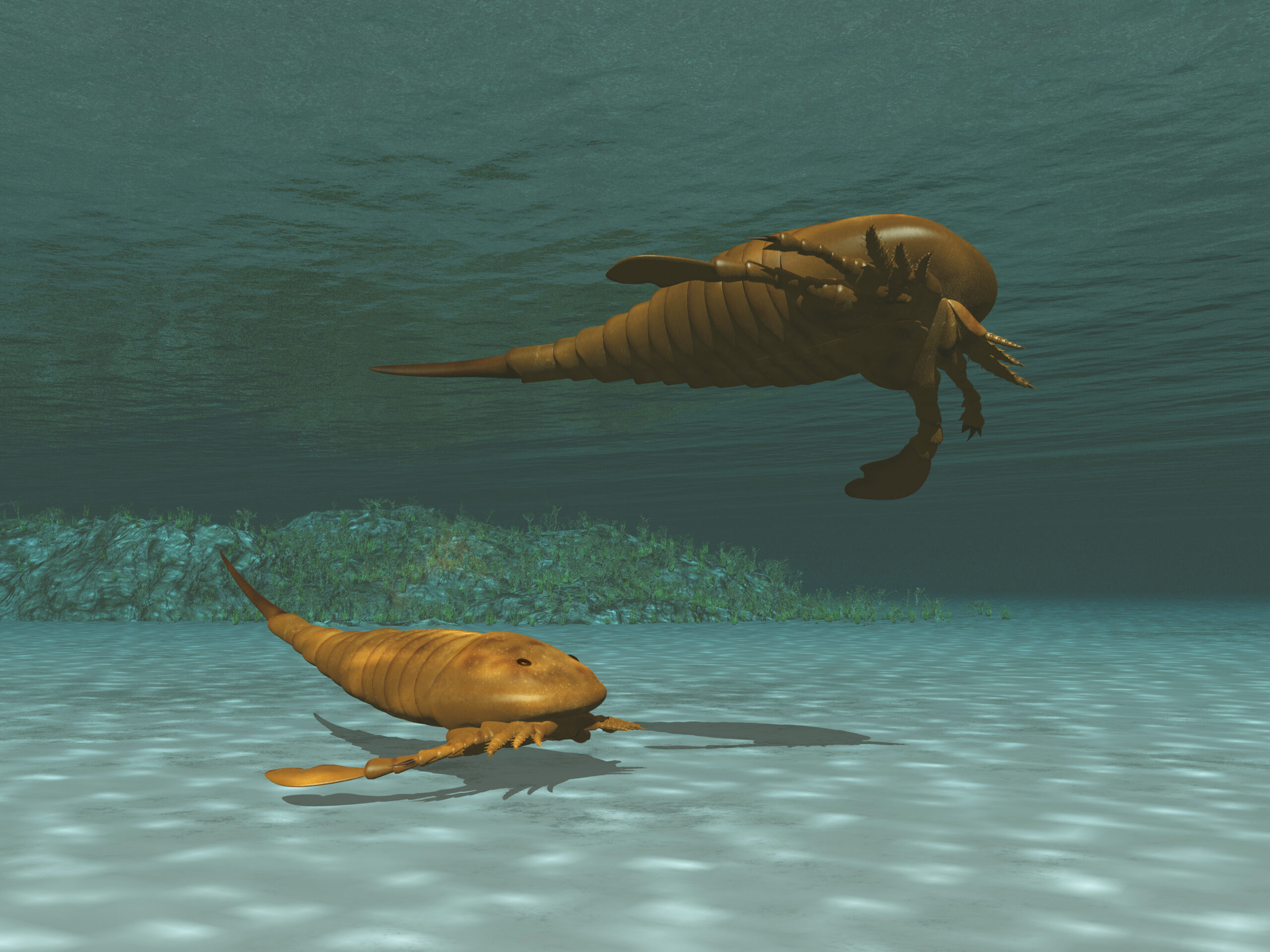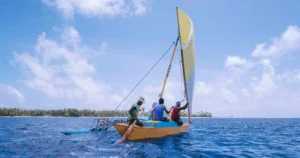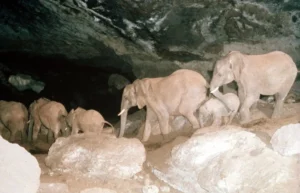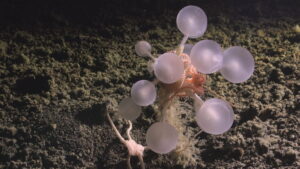Roughly 400 million years ago, scorpions the size of small alligators roamed our oceans. With their powerful claws and thick exoskeletons, these 2.5m-long predators dominated their world.
Until recently, researchers have found most sea scorpion fossils in North America and Europe. But recent finds in China and Australia suggest that these arthropods may have migrated long distances.
Endurance swimmers
In a new study, paleobiologist Russell Bicknell of the American Museum of Natural History and his colleagues studied two fresh sets of fossils from Australia. The incomplete fossils came from two different species, Pterygotus and Jaekelopterus. Each could grow larger than a man.
The researchers believe the scorpions made “a substantial trek” from North America to Australia. “That tells us that these animals were built quite effectively for traveling really far. So they were probably traversing a similar distance [that] some whales do,” Bicknell told the CBC.
Fossilized potential prey like fish and trilobites turned up in the vicinity of the scorpions. Could they have migrated seasonally with a food source? Or was it a one-time event? The researchers are not sure.
Sudden extinction
Nor do they know why these frightening predators suddenly disappeared. Once there were over 200 species of them, but all went abruptly extinct about 400 million years ago.
“It may be environmental. It may be ecological, so they’re sort of competing with different animals,” Bicknell said. “Or they may have just pushed themselves too far [with their mega-migrations].”
Since their demise, no giant arthropods have roamed the seas.






